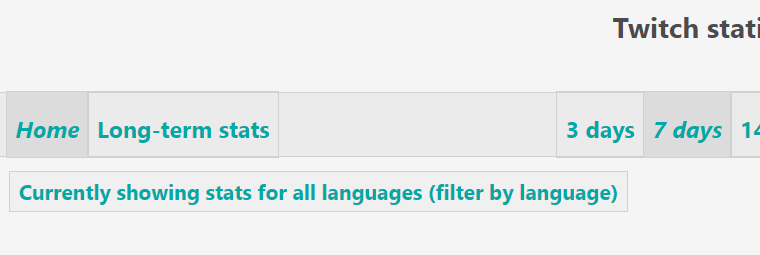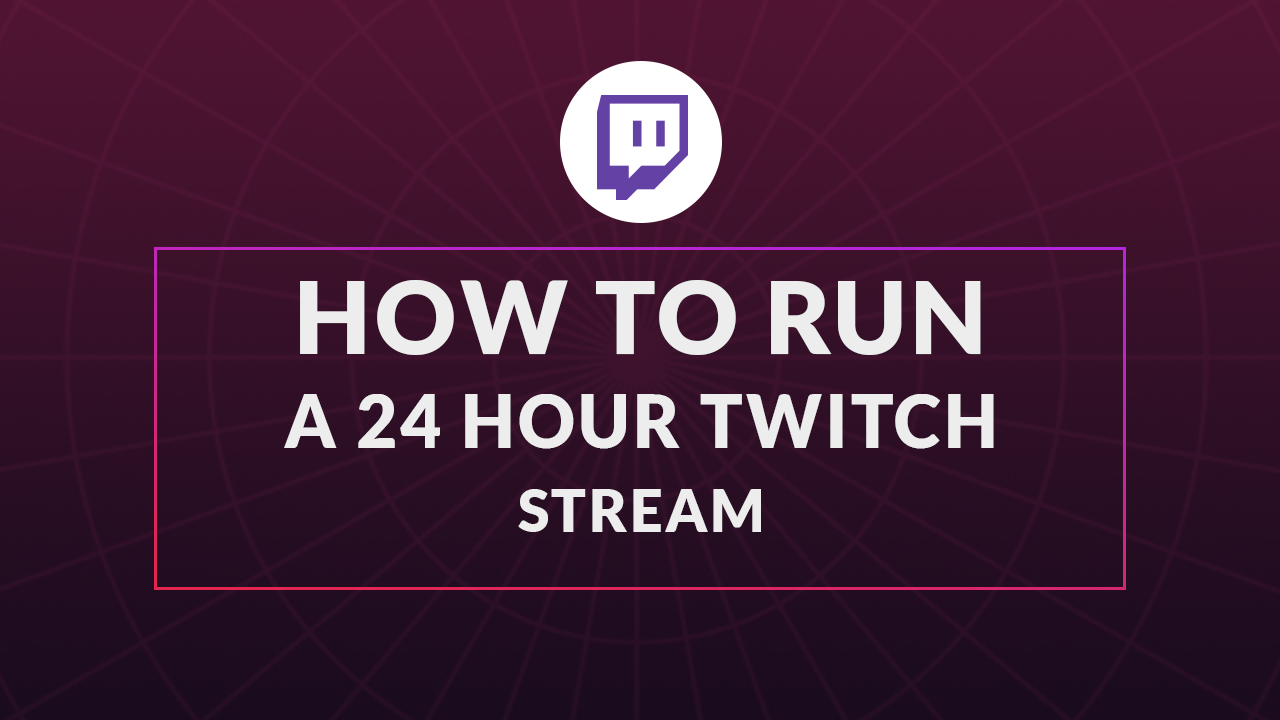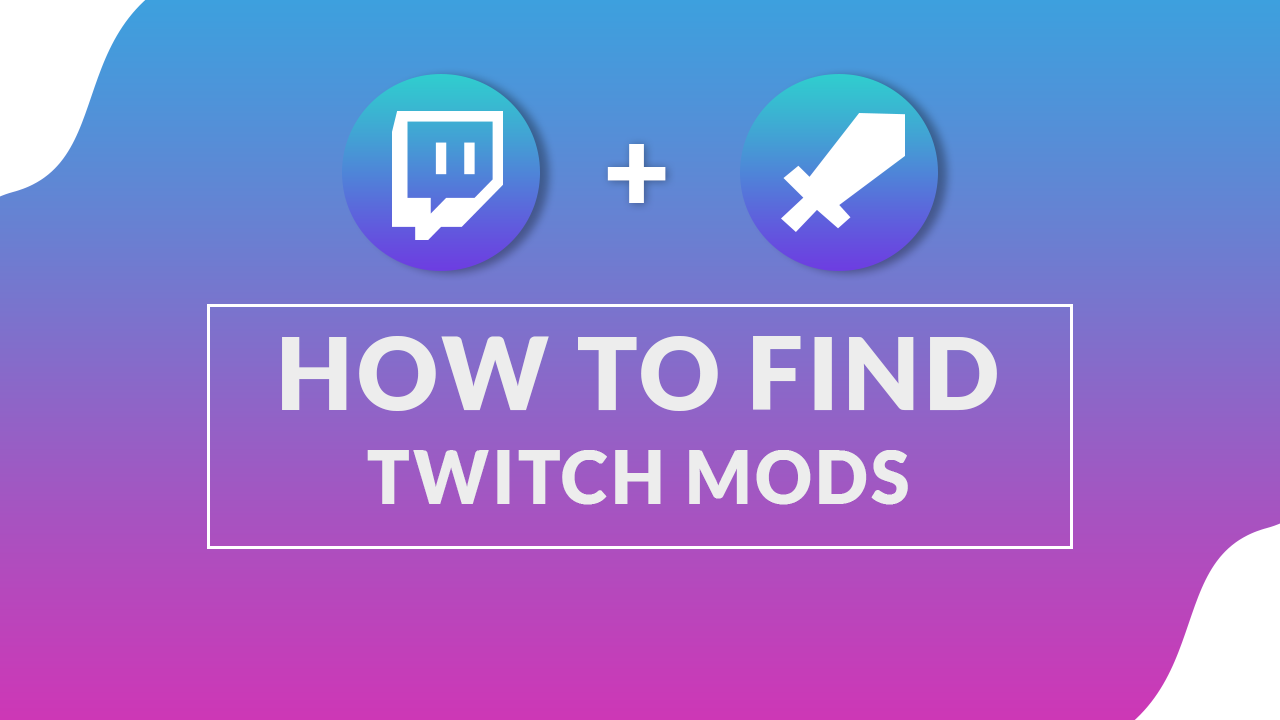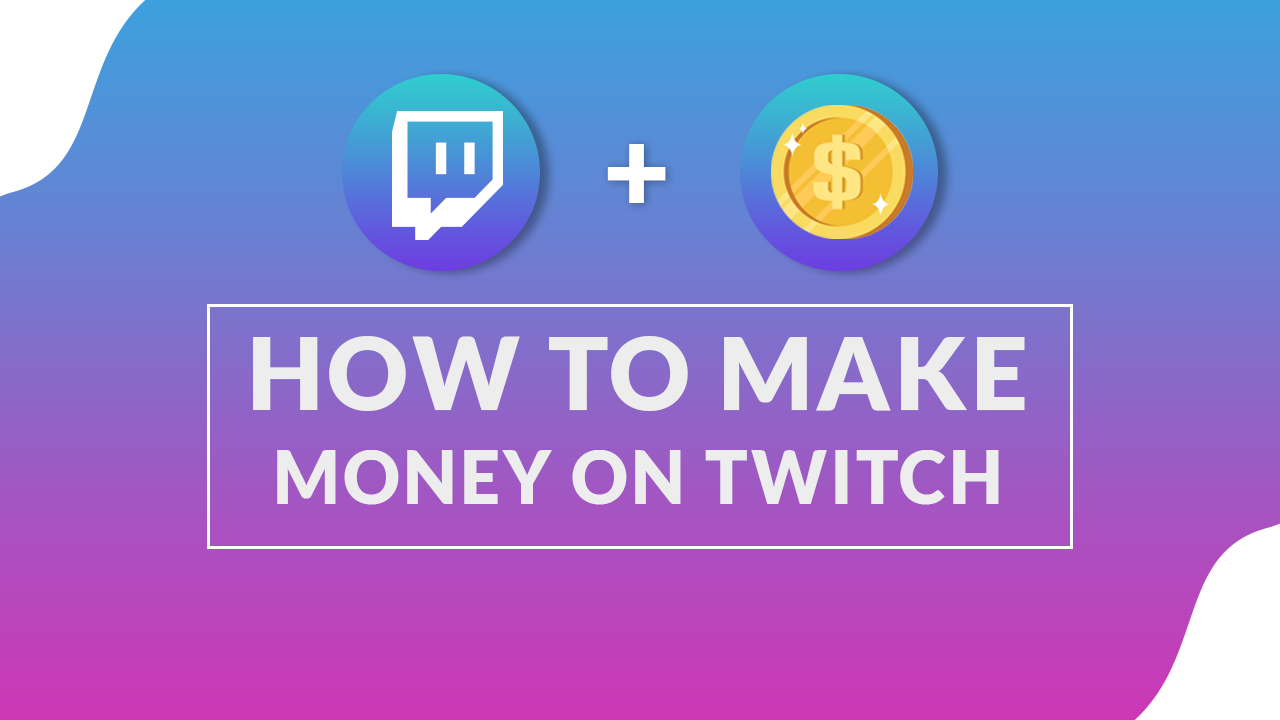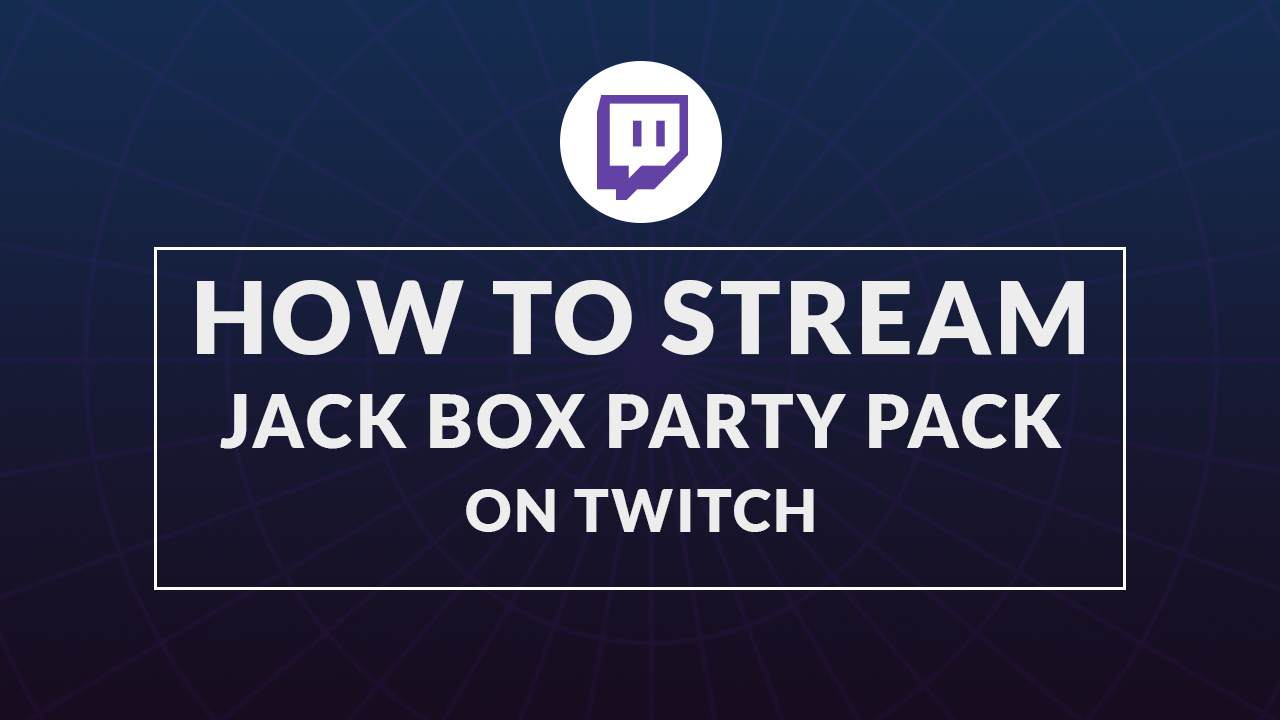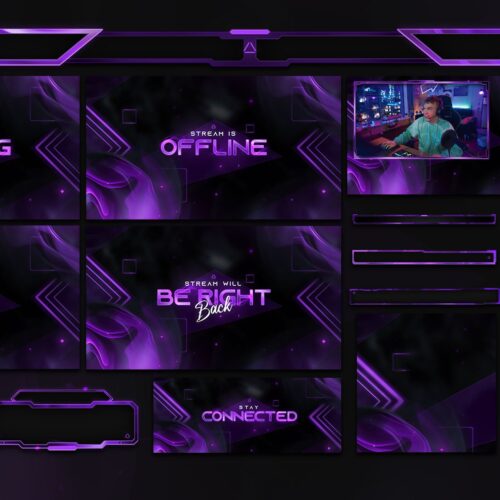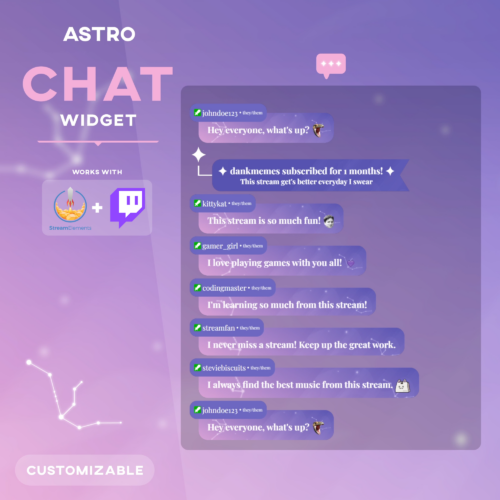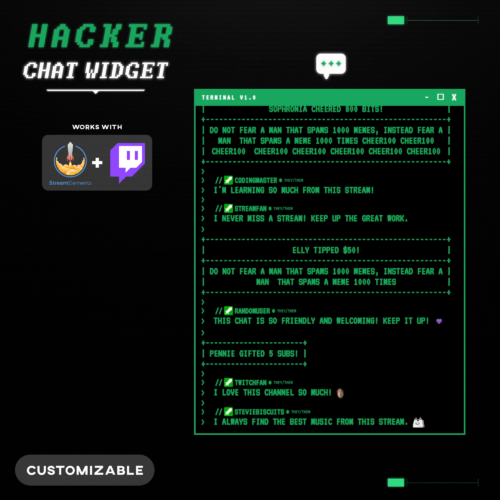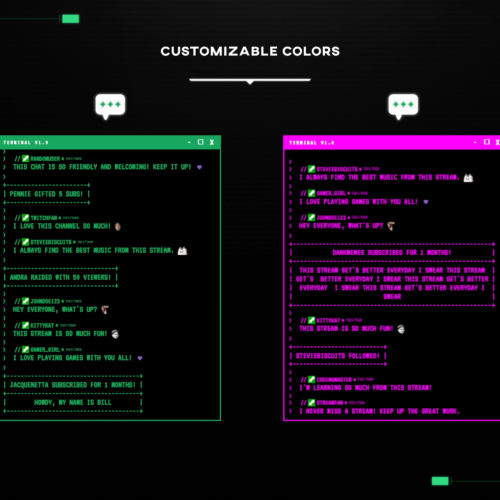No products in the cart.
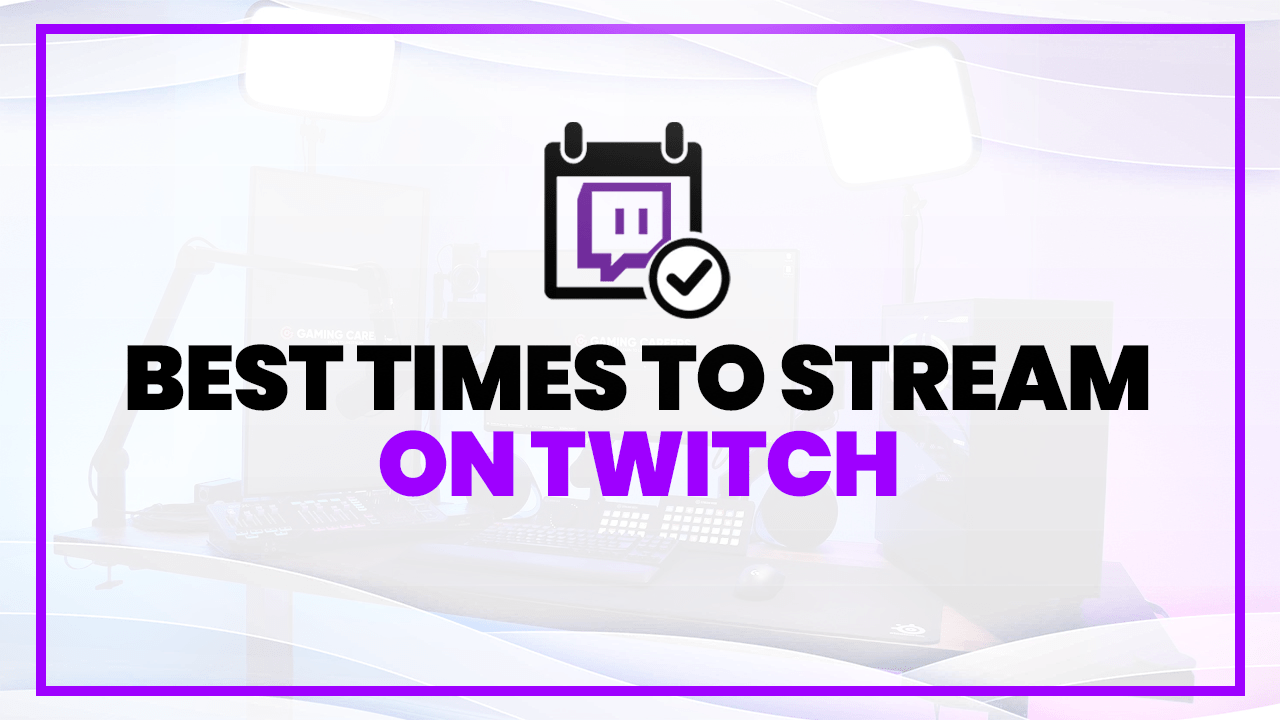
Choosing the Best Times to Stream on Twitch
- January 22, 2024
- by Liam Doherty
Choosing the right time to stream on Twitch is crucial when aiming to attract an audience. By strategically selecting your streaming times, you can increase your visibility to more potential viewers. We have analyzed data from the past 12 months to provide you with the most up-to-date and accurate streaming times on Twitch. To achieve this, we gathered information from SullyGnome and TwitchTracker, which offer valuable metrics for studying peak viewership and channel activity. In addition to analyzing peak viewership times and optimal streaming windows, we will also identify alternative streaming periods with less competition.
Furthermore, we will demonstrate how to pinpoint peak viewership times based on your local language or the specific category you stream in. Understanding how to utilize these tools will empower you to develop a personalized and effective streaming strategy to help you grow your Twitch stream.
When is the Best Time to Stream on Twitch?
Absolute Peak Streaming Time:
- 3:00 PM EST
- 12:00 PM PST
- 20:00 UTC
This is the golden hour on Twitch, perfect for tapping into the maximum viewer base. It’s late afternoon in the U.S. and evening in Europe, capturing audiences from both continents when they are most active.
Optimal Streaming Window:
- 11:00 AM to 7:00 PM EST
- 8:00 AM to 4:00 PM PST
- 16:00 to 00:00 UTC
Spanning late morning to early evening in EST, this 8-hour window is ideal for reaching a diverse international audience. It covers late afternoon to late night in Europe, ensuring you connect with viewers across multiple time zones.
By streaming during these times, you’re well-positioned to engage with a wide range of viewers from different parts of the world. Remember, while these times are generally effective, it’s essential to keep track of your specific audience’s habits through Twitch analytics for the best results.


Ideal Streaming Times for Small Twitch Streamers
Ok small streamers! The best time to launch your stream isn’t during the bustling peak hours – that’s like trying to be a lone firefly in a sky full of dazzling fireworks. Sure, the audience is massive then, but so is the competition. You need a different strategy.
After diving into data from SullyGnome and TwitchTracker, we’ve uncovered your sweet spot: 12:00 PM EST (17:00 UTC). Why? This is when the ratio of viewers to live channels is in your favor. Simply put, there are more viewers than channels live, giving you a better chance to stand out.
While peak hours might look tempting with their high viewer counts, they’re also the times when most streamers get nerfed into nonexistence. It’s overcrowded, and as a smaller channel, you’re likely to be pushed to the bottom of the category.
But at 12:00 PM EST, things change. Viewer numbers start climbing, but many big channels haven’t gone live yet. This is your prime opportunity to attract viewers who are already browsing the platform. Once you’ve successfully positioned your stream to attract new viewers, it’s essential to focus on keeping them engaged and interested in your content.
What are the Best Days to Stream on Twitch?
Overall, the best day to stream on Twitch is Saturday. This can vary depending on your target audience and content type, but generally, weekends and midweek evenings tend to be the most effective for reaching a larger audience without facing the competition that’s present on the weekends. Here’s a breakdown:
- Weekends (Saturday and Sunday): These are typically the best days to stream on Twitch. Most people are off work or school and have more free time to watch streams. The audience size tends to be larger, offering a great opportunity to attract more viewers.
- Midweek Evenings (Tuesday to Thursday): Many viewers have established routines during the workweek, including tuning into Twitch in the evenings. Streaming in the evening hours on these days can help you capture the regular viewers who are looking to unwind after their day.
- Friday Evenings: Fridays can also be effective, especially as people start their weekend. However, viewer availability might fluctuate as some may prefer going out rather than staying in.
Impact of Stream Category on Best Streaming Times

Understanding and capitalizing on unique trends within your chosen game is key to optimizing your streaming schedule. A classic example of this is seen in the popular survival game ‘Rust.’
The 'Rust' Example
Viewership Peak on Server Wipe Days: Rust’ uniquely experiences a spike in viewership on the last Thursday of each month, corresponding with the game’s regular server wipe events. This trend demonstrates how specific in-game events can significantly influence viewer interest and engagement.
Broader Application
- Identifying Your Game’s Unique Trends: Similar to ‘Rust,’ many games have specific events or updates that generate excitement and attract viewers. Whether it’s a weekly event, a major update release, or an in-game tournament, these moments can create a surge in viewer interest.
- Adapting Your Streaming Schedule: By staying informed about these trends in your chosen game, you can better plan your streaming times to coincide with these high-interest periods. This approach not only increases your visibility but also enhances viewer engagement by tapping into the game’s current hype.
The lesson here is clear: Keep an eye on the trends and events specific to the game you stream. Getting on top of these can lead to streaming at times when there’s more excitement and anticipation in the community, giving your channel a competitive edge.
Finding Peak Viewer Times for Your Language on Twitch
Depending on the language of your stream, the best times to go live might differ from the overall peak viewing hours. This is largely because streamers and viewers are spread across various time zones and have different schedules. If you primarily stream in a language other than English, it’s important to stream when the viewer count is highest for that specific language. This ensures you’re reaching your audience when they are most likely to be online and engaged.
- Start by Visiting SullyGnome: First, head over to the SullyGnome website.
- Using the Language Filter: Once there, look for the ‘Language Filter.’ Click on it and a dropdown menu will appear. Here, select the language you stream in.

- Setting Your Timezone: After selecting your language, go to the top of the page. You’ll find an option to set your timezone. Choose the one that applies to you.

- Finding the ‘Twitch Viewers’ Graph: Now, scroll down to the bottom of the page. Here, you’ll find a graph titled ‘Twitch Viewers.’
- Identifying Peak Hours: On this graph, you can see the peak streaming hours for your selected language, aligned with your timezone. This visual representation will help you pinpoint the best times to go live for your audience.
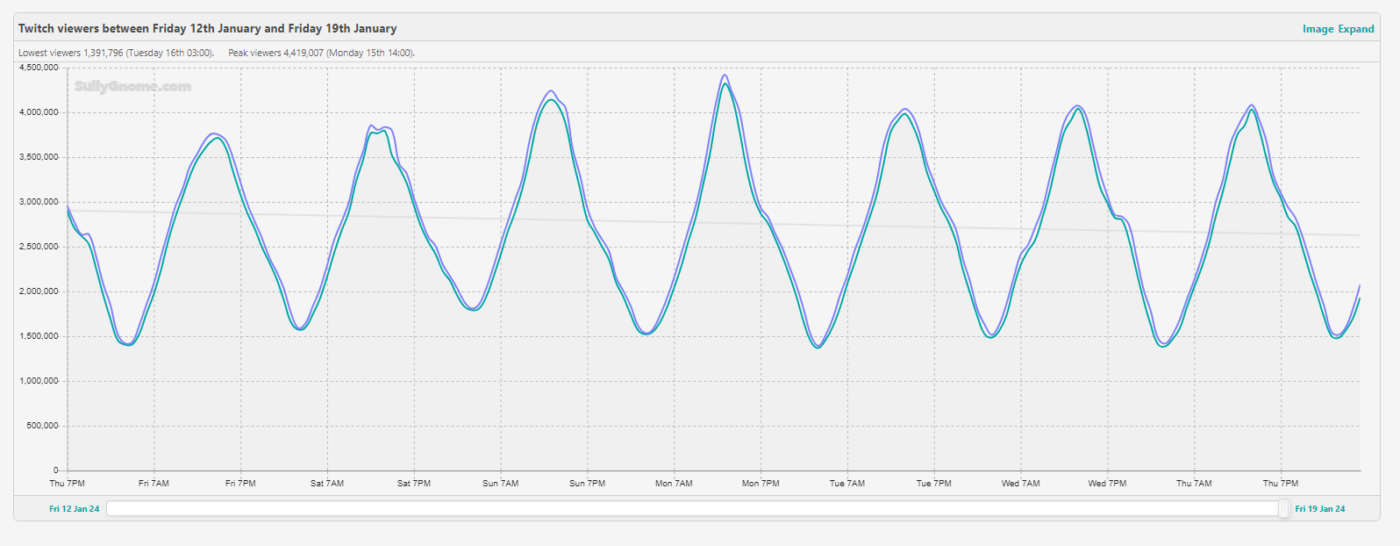
Creating A Stream Schedule That Works

Crafting an effective stream schedule is a key step in advancing your streaming career. It’s not only advantageous for your viewers, providing them with a predictable viewing experience, but it also brings structure and organization to your own streaming routine. Remember, your streaming schedule should be as unique as you are, tailored to fit various personal factors. Below are some of the key factors to consider:
- Understanding Your Viewers: Using tools like TwitchTracker and SullyGnome is essential to know when your viewers are most active. This involves considering factors like language, game choice, and timezones.
- Consistency is Key: A central piece of advice for streamers is to maintain consistent streaming hours. Whenever possible, aim to go live during the same time slots. This approach is not only predictable for your viewers, making it easier for them to tune in regularly, but it also simplifies your own schedule. This is especially helpful if you’re juggling streaming with a busy life. Think of your stream as a TV show that airs at the same time each day – it becomes a part of viewers’ routines, and they can easily enjoy it without the need to constantly check for timings.
- Overlapping Time Zones: When streaming to viewers in two different time zones, keep in mind that their peak hours might vary. However, strategically overlapping your streaming hours to coincide with popular times in both zones can significantly expand your audience reach. For instance, you might start streaming at a time when one time zone is just starting to become active, while the other is still awake and winding down. This overlap can help you capture viewers from both regions effectively.
- Stay Flexible: Remember, your initial streaming schedule isn’t set in stone. If you find that it’s not quite working out for you or your audience, don’t hesitate to make adjustments. The ultimate goal is to establish a consistent schedule that not only aligns with your viewers’ preferences but also supports your own well-being and health.
- Prioritize Self-Care: It’s crucial to include your own needs in your streaming plan. Creating a schedule that only caters to your viewers, without considering your own well-being, can lead to neglecting your mental health and enjoyment. Always remember to balance viewer preferences with your personal comfort and happiness.
- Community Engagement: Allocating specific time for engaging with your audience is essential. You can do this consistently by setting aside a particular day for activities like Q&A sessions or community games. This regular interaction helps build a stronger connection with your viewers.
Embrace these key factors, including viewer feedback and your own well-being, to develop a winning Twitch stream schedule. This approach will help you maintain consistency and attract a steady, healthy viewership.
Twitch Schedule Example
| Day | Streaming Hours |
|---|---|
| Monday | Day Off |
| Tuesday | 7pm - 10pm EST (3h) |
| Wednesday | Day Off |
| Thursday | 7pm - 10pm EST (3h) |
| Friday | 7pm - 10pm EST (3h) |
| Saturday | 1pm - 5pm EST (4h) |
| Sunday | 1pm - 5pm EST (4hr) |
This schedule totals 17 hours of streaming each week. Let’s examine its key features: consistent streaming times, strategic weekend slots for peak viewership, and designated days off. These elements are crucial for rest and preventing burnout, particularly for those with a busy lifestyle.
- Evening Weekday Streams: Streaming from 7pm to 10pm EST on Tuesdays, Thursdays, and Fridays aligns perfectly with the schedule of someone who works a standard 9-5 job. This timing allows for a period of rest and preparation after work before going live. It also coincides with the time when many viewers are home and free to watch streams.
- Days Off for Personal Commitments: Having Mondays and Wednesdays off provides essential downtime. This break in the streaming schedule allows for personal rest, attending to responsibilities, and engaging in other interests or family time. It helps in maintaining a healthy work-life balance and prevents burnout.
- Weekend Afternoon Streams: Streaming from 1pm to 5pm EST on both Saturday and Sunday takes advantage of peak viewership times during the weekend. Weekends are typically when viewers have more free time and are more likely to tune into longer streams. This also allows the streamer to reach different audience segments, including those in different time zones.
- Consistency with Flexibility: The schedule is consistent enough for viewers to remember and look forward to, yet it provides the streamer with flexibility. Streaming on set days and times each week establishes a predictable pattern for the audience, building a regular viewer base.
- Adequate Streaming Duration: Each streaming session is long enough (3 hours on weekdays and 4 hours on weekends) to engage with the audience meaningfully, develop content, and grow the channel, but not so long that it becomes unsustainable for someone with a busy lifestyle.
- Recovery and Preparation Time: The days off strategically placed before and after streaming days give the streamer time to recover, plan, and prepare content, ensuring that each stream is of high quality and engaging for viewers.
Balancing Schedule Optimization and Mental Well-Being
Creating an effective stream schedule that aligns with the best times to stream on Twitch is important, but it should never compromise your mental health and happiness. It’s essential to find a balance between optimal streaming times and your real-life commitments. Many streamers juggle a full-time job whilst trying to grow their Twitch stream in the evenings. It’s unrealistic and unnecessary to aim for long streaming hours, especially when starting out. Here are some key factors to consider when determining your streaming schedule:
- Personal Commitments: Factor in your daily responsibilities, like work, school, or family time. Your streaming schedule should fit comfortably around these commitments.
- Take Rest Days: Prioritize your health. Ensure your streaming times allow for sufficient rest, relaxation, and even factor in days off if needs be.
- Quality Over Quantity: If a one hour stream is all you have in the tank then so be it. Focus on the quality of your content rather than the length of your streams. Small streamers tend to stream a healthy 3-4 hours when they go live.
- Consistency is Key: Aim for a consistent schedule. Viewers get familiar with your times and know when to find you live.
- Viewer Demographics: Consider when your target audience is most likely to be online, but balance this with your personal availability.
- Time for Growth and Learning: Allocate time for activities that enhance your growth as a streamer. This includes planning new stream ideas, learning new skills, expanding your network, and upgrading your setup, such as incorporating fresh stream overlays.
Seeking Help
A Twitch streaming schedule should be designed around prioritizing your mental health and well-being. If you start feeling overwhelmed or burnt out, it’s important to recognize these signs and consider taking a break. Your health and happiness are paramount. In times of stress or if you need guidance, platforms like Healthy Gamer GG, founded by Dr. Alok Kanojia, can offer valuable support and resources. This platform focuses on mental health challenges faced by individuals in the digital space and can be a great resource for learning to manage and balance your streaming career with personal well-being. Remember, a successful streaming journey is one where you reach your goals in one piece.
Summing Up
Finding the optimal times to stream on Twitch can be a bit a science. By looking at data from tools like SullyGnome and TwitchTracker, you can identify streaming times that maximize viewership while considering less competitive hours to stand out. Remember, the golden hours of 3:00 PM EST or the broader window from 11:00 AM to 7:00 PM EST offer great opportunities, but they’re not one-size-fits-all solutions. Your unique audience, content type, and personal commitments play a crucial role in shaping your ideal streaming schedule.
Weekends, particularly Saturday, and midweek evenings are generally effective for reaching a wider audience. However, as a streamer, your well-being should always come first. Balance your schedule to prevent burnout, ensuring you’re providing quality content without compromising your health and happiness.
Embrace the journey of continuous learning and adaptation. Keep an eye on your Twitch analytics, stay aware of trends in your streaming category, and most importantly, listen to your audience and your own needs. Your streaming career is a personal journey, one that thrives on consistency, engagement, and genuine enjoyment. Stream smart, stream with purpose, and watch your channel grow.
This entry was posted in Guides.
Liam Doherty
Liam Doherty comes from game development background, initially exposing him to the world of content creators. In 2017 he decided to dive headfirst into the creators realm, offering solutions for branding and creating better content.
Related Posts
PREMIUM OVERLAYS
$15.00 – $30.00
$15.00
$15.00 – $30.00
$15.00
$30.00
Hexeum
© 2024 Hexeum. All rights reserved

